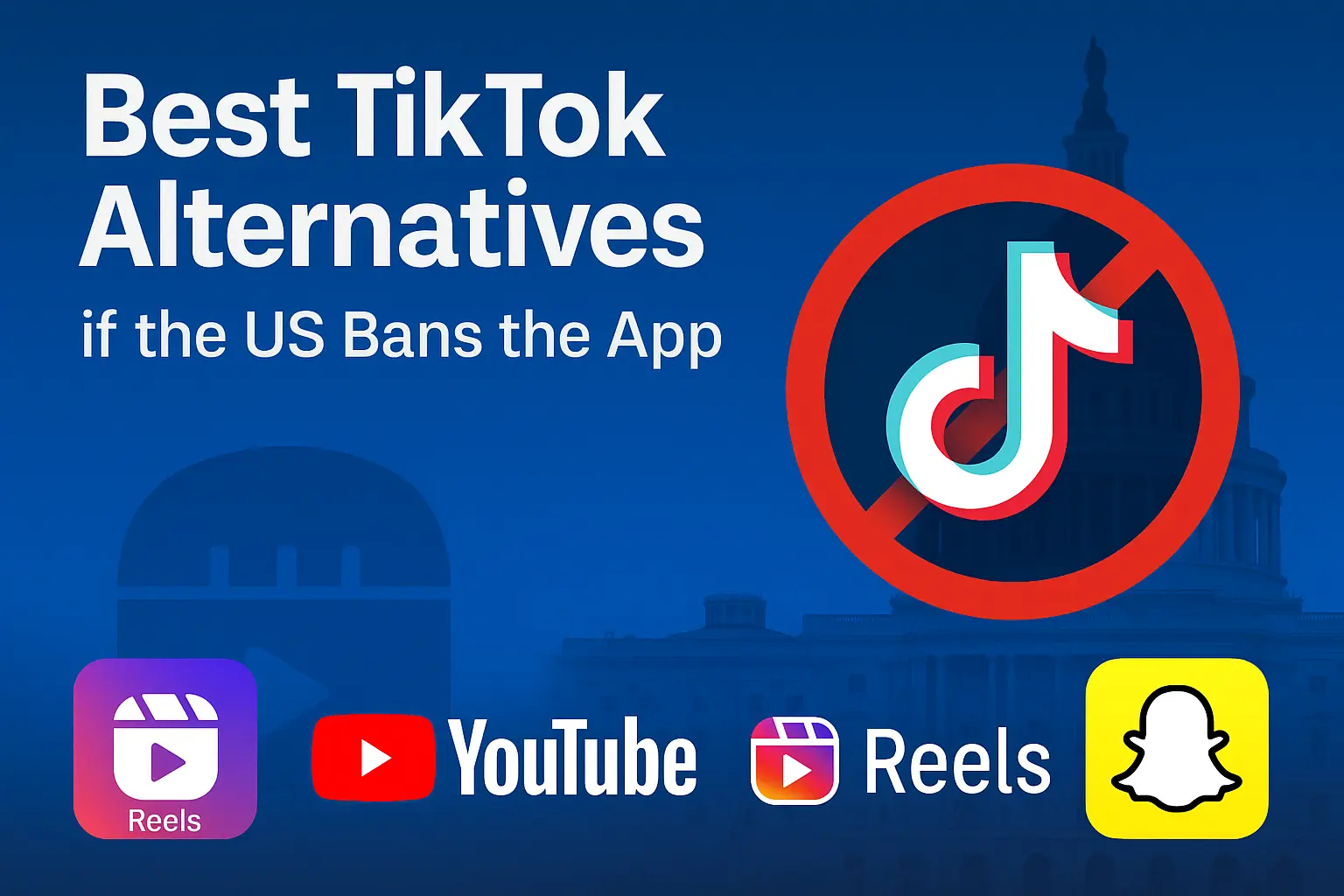The future of automotive marketing: car deals that stalk you on social media

The world of automobiles has always been associated with big advertising. From car dealers buying huge billboards in prime locations on the highway to the dominance of automakers grabbing up a quarter of the Super Bowl commercials, there has never been a shortage of paid exposure put in front of us wherever we go and regardless of what has out attention.
Social media has conspicuously been the frontier where automotive ad agencies have treaded very carefully. Despite the massive attention given to sites like Facebook, Twitter, and Instagram, only a tiny portion of advertising budgets from manufacturers down to dealers has been allotted to social media. This trend is reversing itself quickly as companies at all levels of the industry are turning towards social as the golden ticket it has always promised to be.
Hyper-targeting is eclipsing mass distribution as a preferred battleground for many automotive agencies. Chunks of the massive media buys that have traditionally gone to television and print advertising are shifting towards the data-heavy world of social media and for good reason. On social media, there is greater control over which message reaches which people.
“OEMs and tier 2 agencies still face the challenge of selling cars with inefficient, generic campaigns that are pushed to the masses,” said Raj Choudhury, CEO of BLiNQ Media. “The auto industry needs to embrace the highly targeted advertising options that have achieved successful ROI in other verticals like retail and CPG.”
Choudhury’s company has already brought the concept of targeted social media advertising to other industries with a client list that includes Home Depot, Cost Plus and Hanes. Their newest product variation, AutoLiFT, represents their entry into the automotive space.
In essence, it’s an automotive advertising matchmaking system. By pulling data from various sources, they’re able to put specific OEM incentive programs in front of the most likely receptive audience. For example, they will identify people who are most likely to lease a particular model within a given area and put lease incentives into their Facebook news feeds. These ads will detail the incentive and link to the local participating dealership.
They are currently working with OEMs, ad agencies that serve the Tier 2 regional markets, and large auto groups in the United States.
“Auto brands should reallocate a portion of their budgets to the social networks that have a strong understanding of consumers’ identities such as Facebook platform,” Choudhury continued. “Within this platform, they can use technology to automate the delivery of ads to in-market consumers that are specific to the market, model and financial offer which will drive outcomes to impact and grow the bottom line.”
On the other side of the spectrum is Dealer Authority. Rather than working from the top down, they are going directly to individual dealerships and dealer groups to place specific vehicle advertising in front of prospective car buyers.
“Social media is the most aggressive way to reach people shopping for cars,” said Tyson Madliger, CEO of Dealer Authority. “We put very targeted ads on the website they spend the most time on, Facebook, and remind them that they should be shopping for a vehicle rather than looking at pictures of their old high school buddies. The clicks, page views, and time on site are astounding.”
This is where the “stalking” comes into play. They utilize several methods to target car shoppers, including Polk car shopping data targeting, email database-generated custom audiences, and website retargeting pixels. If a consumer is likely in the market to buy a vehicle, has filled out a contact form inquiring about a vehicle in the recent past, or has visited a dealership’s website, there is a good chance that they will see these targeted ads within their Facebook news feed.
Unlike other forms of display or search marketing, placing the messages in the news feeds of Facebook users maximizes both exposure as well as likelihood that they will click to visit the dealership’s inventory.
In other words, if you’re going to be buying a vehicle in the near future, your Facebook feed is probably going to be stalked.
“We were initially concerned that people would find this intrusive,” Madliger continued. “Facebook is very personal to them. We tracked negative sentiment such as ‘hide post’ or ‘block page’ and learned very quickly that the consumers actually appreciated these posts. The number of people clicking through to a dealer’s website versus the number of people hiding or blocking was close to 1000:1.”
Social media is a decade old, which means it’s ancient in internet years. As the medium continues to develop, consumers are becoming more receptive to the concept of seeing relevant ads in their news feed. This is good for the car business and the consumers.
Social Shopping image via Shutterstock.



